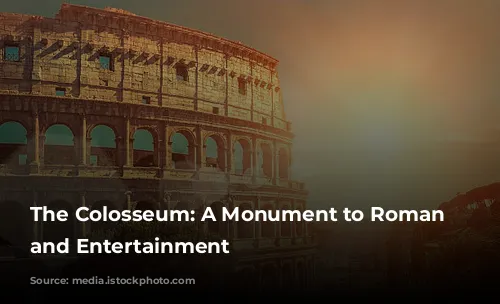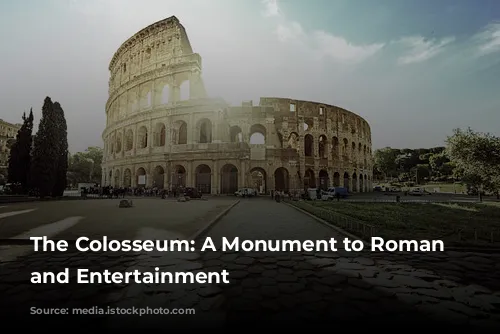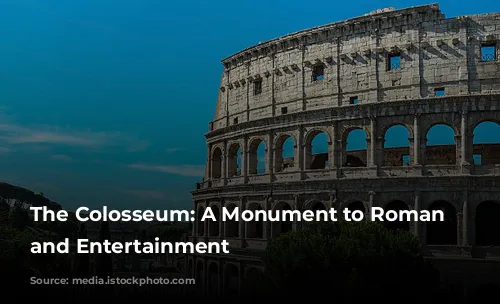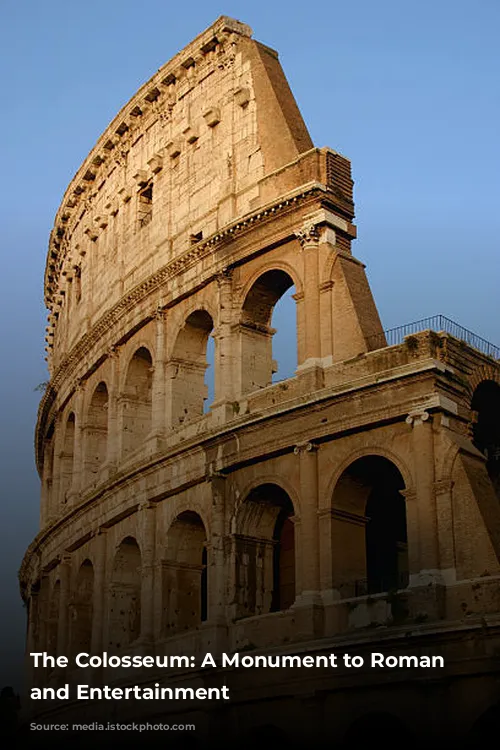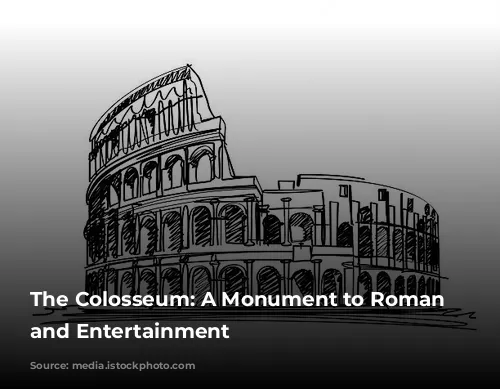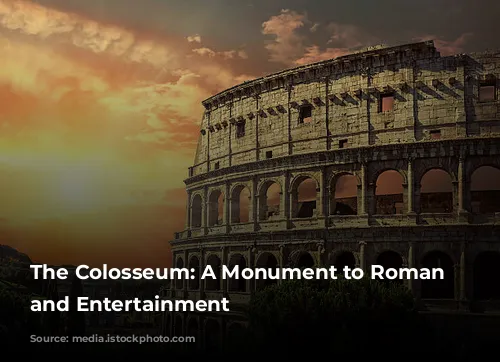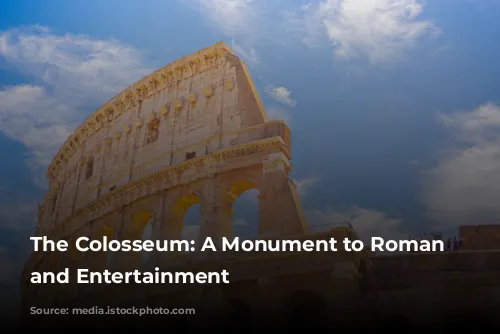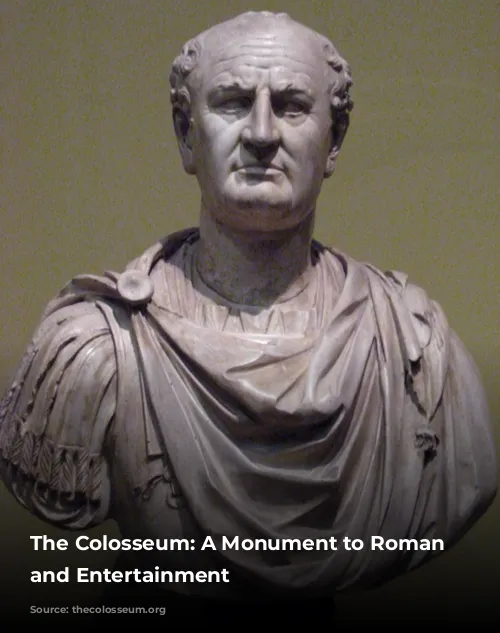The Colosseum, a towering symbol of the Roman Empire, stands as a testament to the grandeur and brutality of a bygone era. This iconic arena, with its nearly 2,000 years of history, has witnessed a spectrum of events that captivated and horrified audiences alike. From bloodthirsty gladiator battles to spectacular hunts featuring exotic animals, the Colosseum was a stage for both celebration and cruelty.
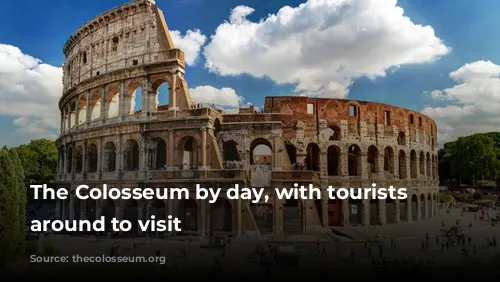
Construction and Legacy
Construction of the Colosseum began in 72 AD under the reign of Emperor Vespasian. Although Vespasian passed away before its completion, his sons, Titus and Domitian, carried on the project. Thousands of Jewish slaves, captured after the first Jewish-Roman War, were forced to labor on this massive undertaking, overseen by skilled Roman engineers and craftsmen.
The Colosseum was not just a structure; it was a symbol of Roman power and imperial ambition. It was built on the site of Nero’s extravagant palace, the Domus Aurea, which had been torn down after Nero’s reign ended. The Colosseum, with its immense scale, was a way for the Flavian dynasty to demonstrate their power and control.
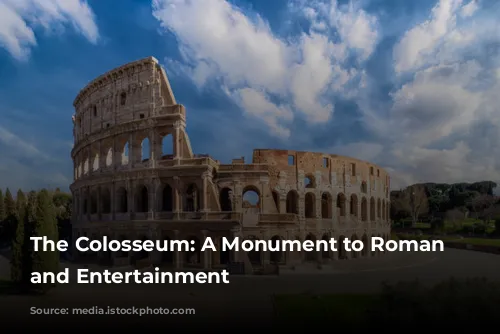
Dimensions and Design
The Colosseum is a marvel of Roman engineering, boasting an oval shape with dimensions that are nothing short of awe-inspiring. It stands 189 meters long, 156 meters wide, and 48.5 meters tall, covering a massive 6 acres of land. The outer walls are adorned with three levels of columns, each boasting 80 arches. The Colosseum’s design is a testament to the Romans’ mastery of architecture, with each element serving a purpose.
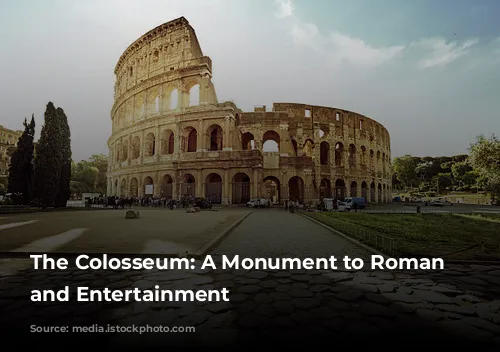
The Hypogeum: A Hidden World
Beneath the Colosseum’s grandeur lies a complex network of tunnels and chambers known as the Hypogeum. This underground labyrinth served as a holding area for gladiators, animals, and prisoners before they were sent into the arena. The Hypogeum was connected to the arena floor via 80 vertical shafts and trap doors, allowing for the swift and dramatic deployment of performers and scenery.
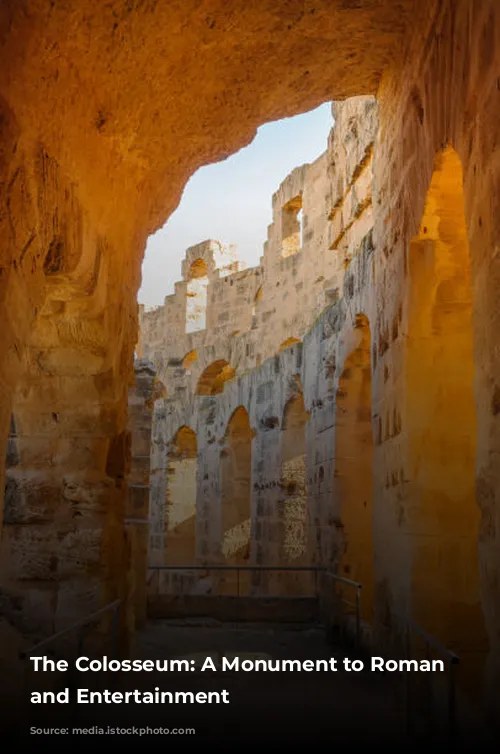
Spectacles and Entertainment
The Colosseum was designed to accommodate a massive audience, holding between 50,000 and 80,000 spectators. It served as the stage for a spectacle of entertainment and brutality, with gladiator battles being the most famous.
Hunts featuring exotic animals, like lions, tigers, bears, and elephants, were also popular, as were executions, where prisoners were often condemned to fight wild beasts. The Colosseum even hosted naval battles by flooding the arena.
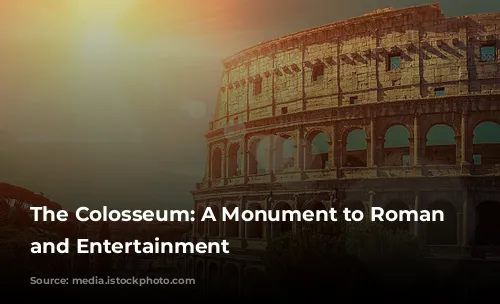
The Legacy of Blood and Games
Despite the entertainment value the Colosseum provided, its legacy is stained with the blood of countless individuals. It is estimated that over 350 years, as many as 400,000 people, including gladiators, slaves, convicts, prisoners, and performers, lost their lives within its walls.
The Colosseum’s impact on animal populations was also significant. Millions of animals, from lions to elephants, were killed in hunts and spectacles, potentially leading to the eradication of certain species from nearby regions.
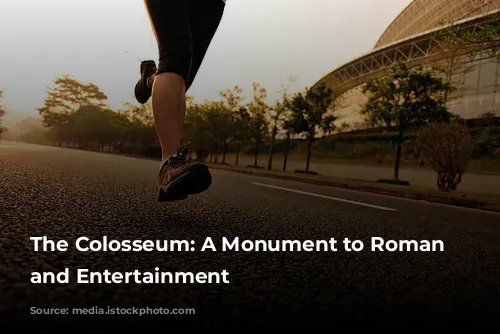
The Colosseum Today
The Colosseum, despite its gruesome past, stands as a symbol of Roman history and culture. It continues to captivate visitors from all over the world, offering a glimpse into a powerful and complex civilization. Today, it serves as a reminder of the entertainment and brutality that defined ancient Rome, a testament to the enduring power of human ingenuity and the dark side of our fascination with spectacle.
